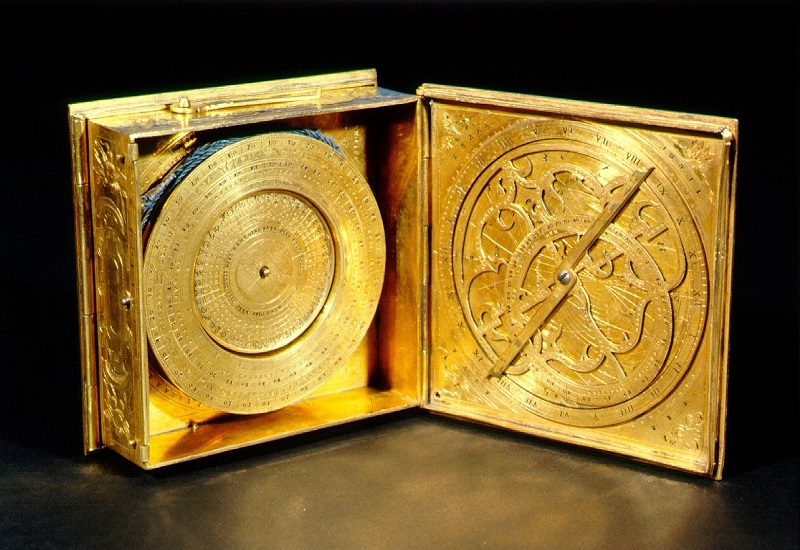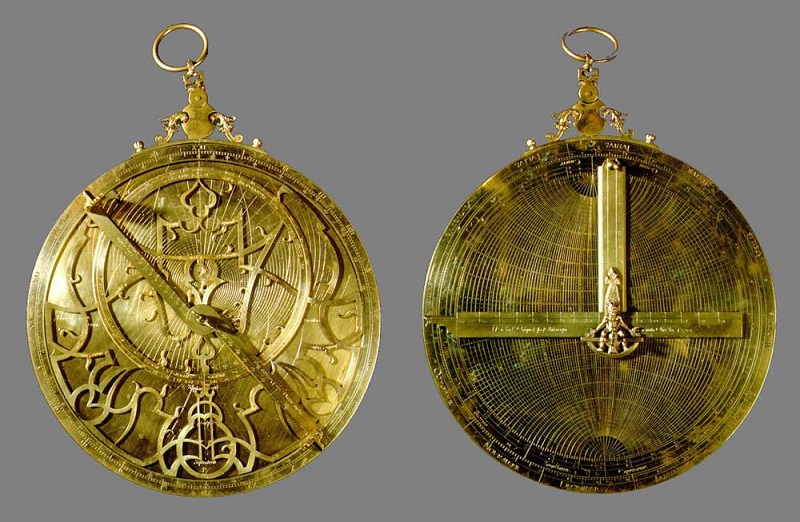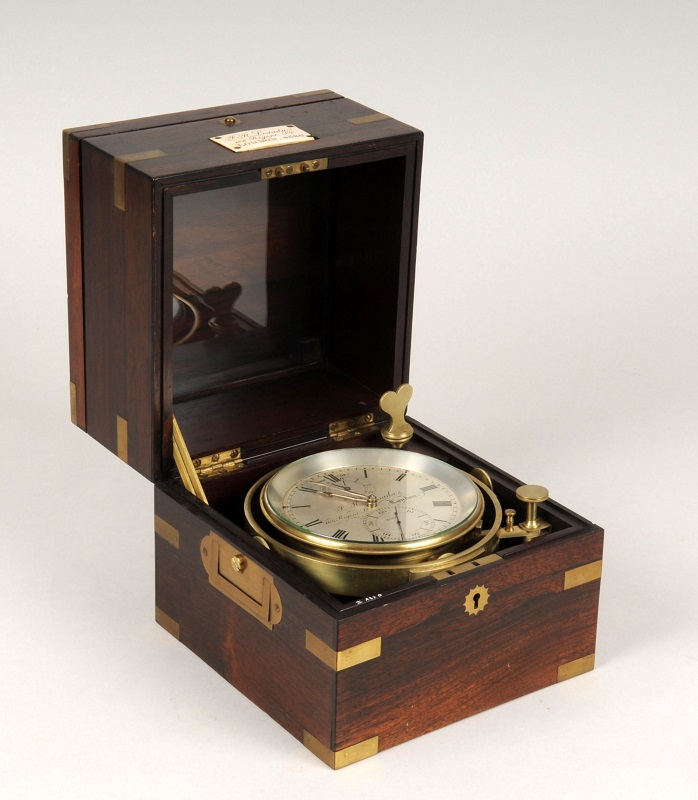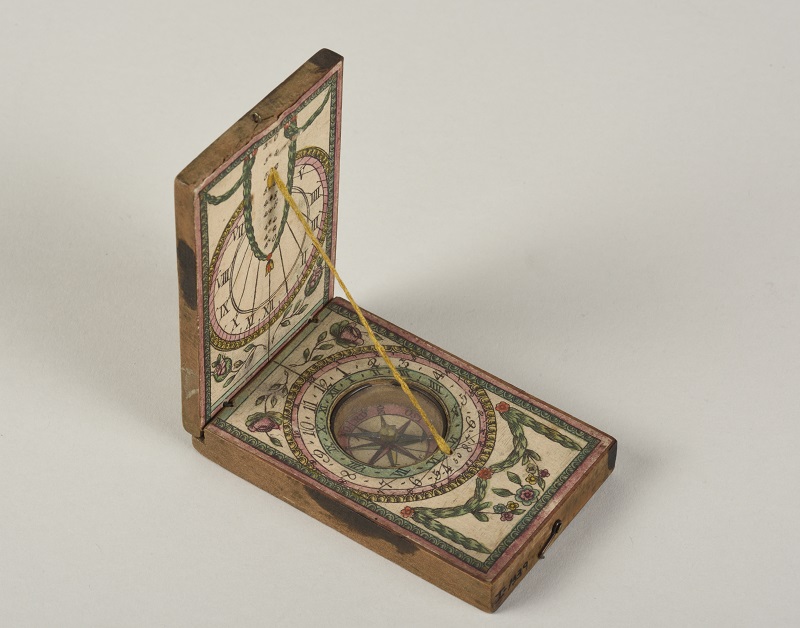Scientific instruments
Go backThe Naval Museum's collection of scientific instruments is one of the most remarkable collections on astronomy and navigation in the world. This important set of instruments provides an insight into the technological evolution of the instruments used to determine the position and course of a ship from the 15th century to the present day. This evolution has enabled Spain to carry out numerous scientific enterprises, discover new territories, and remain among the pioneering countries in what is known as astronomical navigation.
The collection includes more than 660 items such as compasses, astrolabes, sextants and marine chronometers. One of the most valuable pieces in this section is Tobias Wolckhmer's instrumental case, a nautical and topographical set, as well as an exquisite piece of gold and silver work in bronze, which was possibly made for Philip II in 1596. Also of note is a mother astrolabe of European origin from the 16th century, the azimuthal and altitude quadrant used by Jorge Juan y Ulloa in the geodesic or meridian expedition, a 17th-century planispheric astrolabe of Persian origin, as well as telescopes, metres, hourglasses, compasses, and many more.










